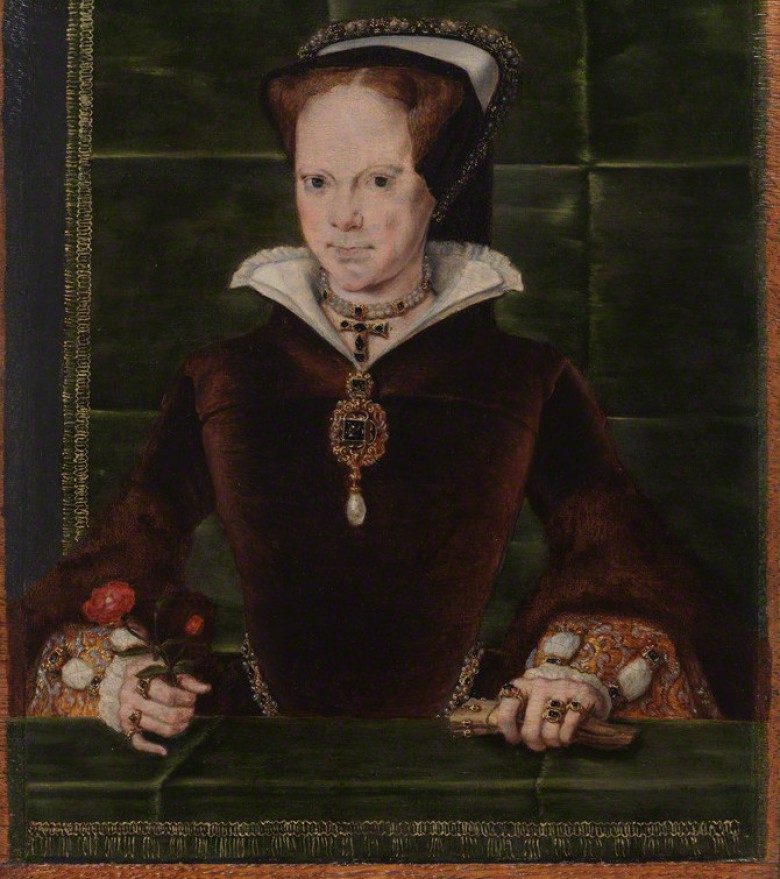17th November 2015
Today in 1558 Elizabeth I became queen when her half-sister Mary I died – England went from having its first queen regnant to having two in a row. Mary’s five-year reign had been beset with problems, including an unpopular, often-absent husband, the loss of Calais, and two false or failed pregnancies. With no child, she left the throne to Elizabeth on the condition that she maintain the Roman Catholic Church as it was. Elizabeth, of course, had agreed.
Mary died without her family around her – her husband Philip had recently lost his father and aunt, and did not travel to England to see his dying wife. Her loyal cousin Cardinal Reginald Pole was too ill to visit, and died after hearing the news. And she had last seen her sister ten months earlier, when she had denied that Elizabeth was Henry VIII’s daughter. Their relationship had deteriorated apparently irretrievably.
Elizabeth failed to perform her sister's last requests – she did not send Philip the jewels Mary left to him, and declared herself Supreme Governor of the Church in England. Mary also wished her mother's remains to be buried with her, and for them to have a monument. Elizabeth buried her in Westminster Abbey near their grandparents, Henry VII and Elizabeth of York. But a monument might have encouraged the Catholic faithful – none was built, and Katherine of Aragon was not moved from Peterborough Cathedral. Instead of being buried with her mother, Mary shares a vault and a monument with Elizabeth, the daughter of Anne Boleyn.
My novel The Virgin's Lover, about Elizabeth's early reign, follows on from The Queen's Fool, when I wrote about Mary from the point of view of Hannah, a fictional court Fool. Here Hannah, a confidante to both sisters, is at Mary's deathbed:
I stepped to the bedside and took Queen Mary’s hand. It was as small and as light as a child’s, there was nothing left of her. Sadness had worn her away to dust that could blow away on the wind. I thought of her riding into London in her shabby red costume, her face bright with hope, and her courage when she took on the great men of the kingdom and beat them at their own game. I thought of her joy in her husband and her longing for a child to love, a son for England. I thought of her absolute devotion to the memory of her mother and her love of God.
Her little hand fluttered in mine like a dying bird.

Images: Queen Mary I by Hans Eworth, 1554, NPG 4861; Queen Elizabeth I, c.1560, NPG 4449
